-853X543.jpg)
POWERFUL PEOPLE: UNTOLD STORY OF SRIDEVI
by Vinta Nanda June 16 2024, 1:00 am Estimated Reading Time: 8 mins, 47 secsDiscover the untold story of Sridevi through the lens of Amborish Roychoudhury, where passion for Indian cinema meets research, unveiling a legendary actor's transformative journey from childhood prodigy to an icon, writes Vinta Nanda.
Last weekend, on June 9th, Janhavi Samant hosted a captivating discussion with Amborish Roychoudhury at Rohini Jog’s Craft Circle in Dadar, Mumbai, centred around his newly released book on the iconic actor Sridevi (published by Rupa Publications). I was fortunate to attend this insightful event where Amborish delved deep into lesser-known aspects of Sridevi’s life and career. His book, "Sridevi – The South Years," meticulously explores her journey from childhood roles to her stardom in South Indian cinema, revealing her true genius. With a foreword by Kamal Haasan and an afterword by Ram Gopal Varma, the book has been widely acclaimed.
Amborish Roychoudhury, a National Award-winning media professional, author, blogger, podcaster, and film enthusiast, has been a prolific writer on cinema. His earlier works, including a celebrated book on cult Hindi films that received a Special Mention at the National Film Awards, reflect his deep passion for the subject. He is currently working on his third book.
After the event, amidst browsing through the vibrant handcrafted items at the venue, I had the opportunity to engage in a detailed conversation with Amborish, which I am pleased to share here.
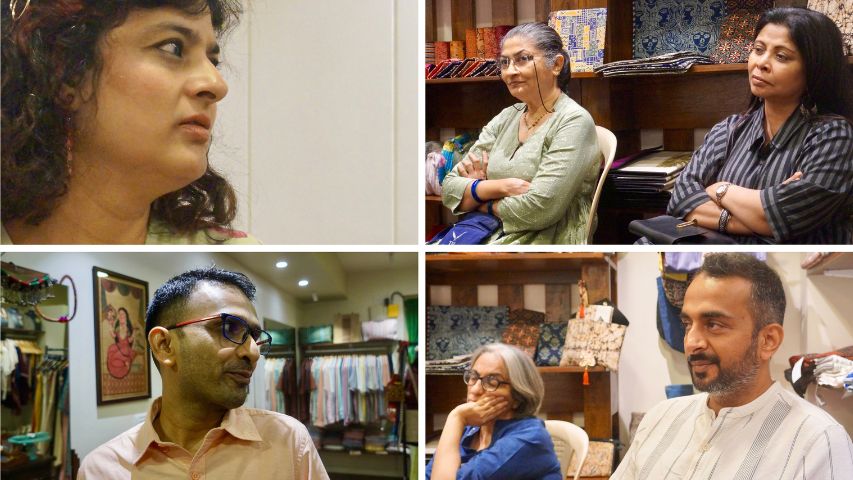
Do tell us in brief about your background and how your passion for Indian cinema has grown over the years.
I grew up in Assam, in the border towns of Karimganj and Silchar, and later in Guwahati. It was the 1980s and early ‘90s. I watched more movies on TV than I do now, in the era of plenty. We watched movies on VHS, in addition to the films screened on Doordarshan, including the regional films on Sunday afternoons. I was gobbling up both Bachchan and Benegal, Ray and Mrinal Sen, Raj Kapoor and Mithun, Kamal Haasan and Adoor, all on TV. These motley of influences shaped my mind and turned me into a movie-obsessed sociopath.
How did the book on Sridevi happen? What are the few events that led to its writing?
Back in 2018, weeks after Sridevi's demise, I got a call from Rupa Publications, who had earlier done my first book. They wanted me to write a biography of Sridevi. I tried to reach out to her colleagues in Bollywood, but they didn't seem forthcoming. I next spoke to her husband Boney Kapoor, who felt it was too early and his children weren't ready for this yet. Nevertheless, I went to Chennai in an attempt to contact her siblings. But I faced a brick wall everywhere. While in Chennai, I ended up watching a lot of her Tamil films and this opened up a whole new possibility. Her roles in such films were more nuanced and mature than those in her Hindi films later on. Her work in these films allowed the actor in her to flourish. Here was a Sridevi that her Bollywood fans didn't know existed. And that's when I decided to abandon the idea of a biography and chronicle her work in her south Indian films, which laid the foundation of her career much before she joined Bollywood.
How difficult or easy was it to get to this narrative you have taken?
She started working as a toddler, at the age of 5 or 6. And she didn't stop till she was 37. In these three decades, she never took a break - not even for a year. She is probably the only actor who was captured in film right from her childhood to adolescence to adulthood, without a hiatus. She was working in Tamil, Telugu, Malayalam and Kannada films, in which her roles were author-backed and nuanced.
I had to watch most of these films, which are all available online. But in most cases, there are no subtitles. I had to seek help from my friends who speak these languages to decipher the dialogues. I also had to research a lot to understand the sociopolitical context, especially when it came to the stars of the time and their place in the history of these industries.
A visit to the National Film Archives in Pune and the archives of The Hindu in Chennai helped me gain a lot of perspective. I had to sift through several hours of interview footage in these languages, and sit with translators, meticulously going line by line. It wasn't easy at all, but it wasn't a toil either. It was backbreaking work but when you're in love with cinema, all of it seems enjoyable.
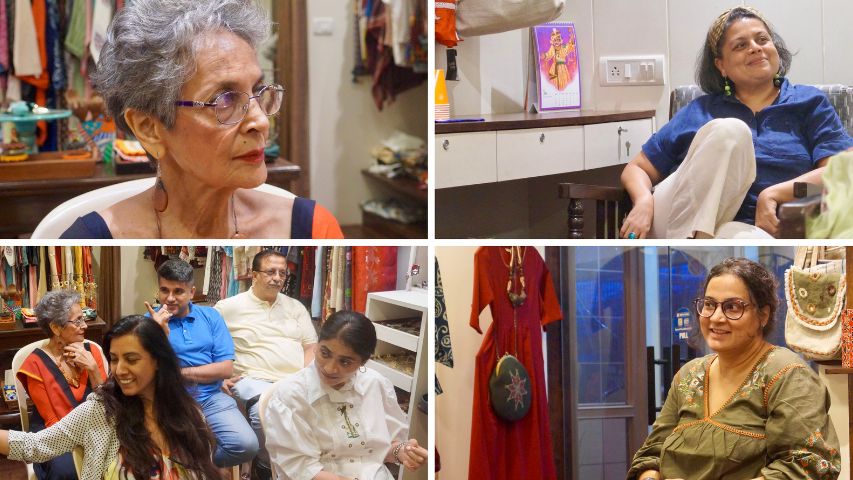
How's the book doing?
I didn't get an opportunity to promote it well, especially in the south Indian states. It hasn't been talked about as much as it should have. So unfortunately, it isn't doing as well as expected.
What's next on your plate?
I recently finished working on the biography of Raj Khosla, the veteran filmmaker who created classics like CID, Woh Kaun Thi, Do Raaste, Mera Gaon Mera Desh and Main Tulsi Tere Aangan Ki. It should be out sometime next year. I'll soon be taking up the biography of Utpal Dutt which, in addition to his film work, would delve deep into his theatre work and his political activism. There's a book about Satyajit Ray's advertising years on the anvil, and I am also part of an anthology on Hindi cinema of the 1970s called the Swinging 70s.
I’m sharing an extract here. It's about an incident from a shooting where Sridevi almost died. She was 8 years old, and it was a Telugu film called Naa Thammudu (1971). K. Raghavendra Rao, who went on to be one of her most famous directors (he directed her in Telugu films and Bollywood blockbusters like Himmatwala, Tohfa and Justice Chaudhury), was an assistant at the time.
Extract
On a popular TV show called Soundaryalahari, K. Raghavendra Rao described how he and Sridevi’s family shared a cordial relationship. They lived on the same street in Chennai and he used to visit them often. Her family used to solicit and factor in his advice about her career decisions. He was witness to her unrelenting work routine: taking short naps in between shifts and being completely alert when the shot was ready again. He recalled one such day, when she was blissfully asleep and he picked her in his arms and took her to the shoot of Naa Thammudu. Her mother offered to come along, but he took full responsibility and assured her that he’ll bring her back safe and sound. In a few hours, as we will see, he was going to regret this.
Naa Thammudu is the story of two brothers. The elder, a widower, endures all kind of sacrifices to make sure his brother Chandra (played by Sobhan Babu) becomes a doctor. But what makes all the pain seem bearable is the angelic presence of little Shanthi (played by Sridevi), Chandra’s niece and the light of their lives. By this time, it is obvious that she was turning into something of a crowd-puller. The film could have done away with Shanthi’s character, but it seems as though she was injected into the film to make use of Sridevi’s histrionics. She was given ample screen space and plenty to do. There is a song sequence—of 5 minutes and 43 seconds—in which she briefly dresses up as Jawaharlal Nehru and pays tribute to the leader during
Children’s Day celebrations at her school. There’s a point in the film where she tries to pull a fast one on her uncle by dressing up as a beggar. In another, she prances about in a sari. She does all of this with unbelievable charm.
About 75 per cent into the film, there was a scene where Sridevi had to run through the street to reach her uncle. The scene was shot at Mount Road, Chennai. The director, KS, held a white kerchief aflutter. He instructed her to run to the other side of the road as soon as he gave the signal. Even at that age, Sridevi was a director’s actor. She followed instructions faithfully and precisely. KS signalled with the kerchief. Aiming for the other side, she sprinted as fast as she could across the busy street.
Shootings those days were not elaborate affairs as they are today. Safety measures were not such a big deal back then but the crew did try to ensure that the actors, especially children, were safe. They had scanned the road and K.S. Prakash waved only when they were sure it was clear. The whole thing happened within seconds. When she was halfway across the road, a speeding Ambassador car zoomed into the shot. Everyone gasped. At the speed of light, the black beast of a car shoved into the running child. Her tiny eight-year-old frame was tossed across by the impact. There was pandemonium. Crew members ran to her. She was knocked out cold.
Raghavendra Rao’s heart sank. He had promised Rajeswari that he would bring Sridevi back home, safe and sound. He said that he pictured himself getting taken away by the cops. The unit converged on him. It was as if he had just committed a crime. A small crowd had started gathering around them. Raghavendra was sure that he would be beaten up, or worse. But mercifully, Sridevi came around. The car had brushed against her right leg. It was not a serious injury. Had she run just a second later or slower, the car would have run her over and a promising career would have been cut short rather tragically. But all was well. He heaved a sigh of relief. But he was reminded of what he had told her mother while leaving. All he could think of now was to get her home as swiftly as possible. Raghavendra picked the child up in his arms and didn’t stop running till he reached Sridevi’s house. He had a promise to keep.
Much like the now famous Coolie incident, this mishap found its way into the movie. The only distinction being that in this case, the scene is not highlighted. You have to look for it. And when you do, you are sure to gasp. I promise."




-173X130.jpg)
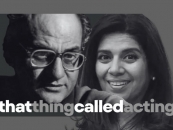
-173X130.jpg)
-173X130.jpg)
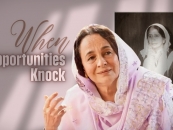

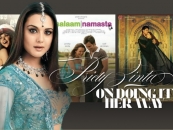
-173X130.jpg)